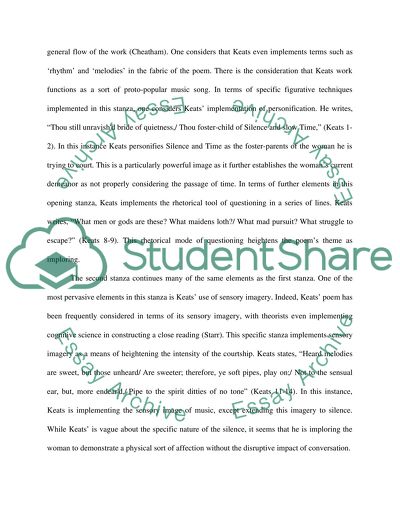Cite this document
(“Ode on a Grecian Urn Essay Example | Topics and Well Written Essays - 1500 words”, n.d.)
Ode on a Grecian Urn Essay Example | Topics and Well Written Essays - 1500 words. Retrieved from https://studentshare.org/literature/1454599-focus-on-giving-me-your-overall-interpretation-of
Ode on a Grecian Urn Essay Example | Topics and Well Written Essays - 1500 words. Retrieved from https://studentshare.org/literature/1454599-focus-on-giving-me-your-overall-interpretation-of
(Ode on a Grecian Urn Essay Example | Topics and Well Written Essays - 1500 Words)
Ode on a Grecian Urn Essay Example | Topics and Well Written Essays - 1500 Words. https://studentshare.org/literature/1454599-focus-on-giving-me-your-overall-interpretation-of.
Ode on a Grecian Urn Essay Example | Topics and Well Written Essays - 1500 Words. https://studentshare.org/literature/1454599-focus-on-giving-me-your-overall-interpretation-of.
“Ode on a Grecian Urn Essay Example | Topics and Well Written Essays - 1500 Words”, n.d. https://studentshare.org/literature/1454599-focus-on-giving-me-your-overall-interpretation-of.


